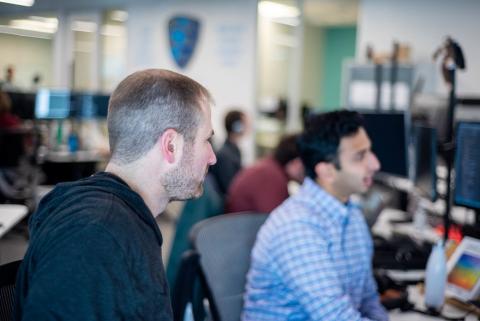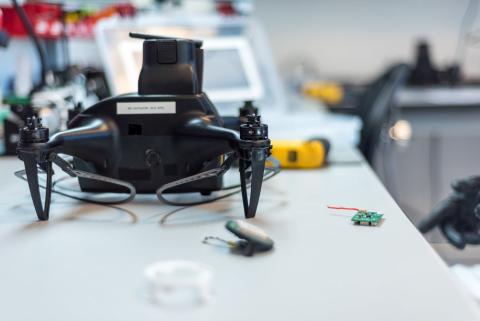[March 22, 2019]
The Role of Trust in Hardware Design

A conversation with Christian Wester, Lead Mechanical Engineer at Shield AI.
What is the role of trust in hardware design?
First and foremost, we have to trust our teammates. Outcomes are not always what you expect and the way an organization reacts during these moments is telling. Trust requires that when things do not go as expected, your teammates will take it upon themselves to investigate what is happening and to resolve problems and challenges, rather than assign blame.
At Shield AI, we each hold ourselves accountable. This means I can extend complete confidence to my colleagues and my teammates because we’re genuinely trying to work together to solve a problem.
How does that trust translate into the product?
How we design our products drives the confidence our customers have in us and their decision to trust — and use — our products. From a mechanical standpoint, a big part of trust relates to the durability of the product, knowing with certainty that the product is going to be able to operate as expected even in adverse conditions. We devote a lot of time to drop testing and environmental hardening and ruggedization of the product. We want the customer to know that our product will achieve the mission that they set out to accomplish.
Durability is paramount for hardware design at Shield AI. My goal is for Shield AI’s products to be trusted as high in quality and high in durability. Nova must withstand heavy usage and adverse conditions, and that no matter what, come out on the other side.
You’ve spoken about providing engineers the “authority to creatively seek perfection” in their designs. How does trust enable you and your team to do this at Shield AI?
It’s something that, as a perfectionist, I’m cognizant of; you have to trust your teammates’ ability. Everyone’s creative process is different, and maybe your teammate will iterate in a way that you would not, but that is the process of design and innovation.
As a team lead and mentor, I take a step back, have confidence in my teammates, trust them, and observe the tremendous things that they accomplish when I give them the space to take creative control in their designs. That’s part of mentorship, providing guidance when an employee joins our team and then allowing them more and more space as they prove themselves. What is critical is our trust in one another’s dedication to our mission and to excellence in serving our customers.









